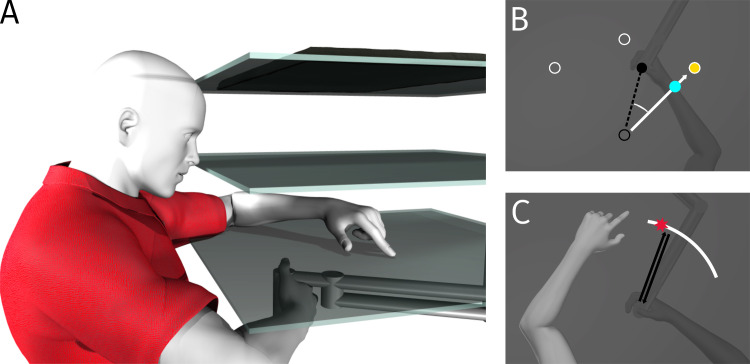Fig 1. Apparatus and experimental setup.
A: Participants moved their right hand while gripping the handle of a two-joint robot manipulandum. Stimuli are produced by a downward-facing monitor (top surface) above a reflective surface (middle). The touchscreen panel is located below the reflective surface and just above the robot handle (bottom). B: Training task: The three white hollow circles represent the targets. They can either be directly in front of the home position, 45° clockwise (CW) or counter clockwise (CCW) from it. During the main rotated reach training, the cursor was blue and rotated 30° CW (white solid vector) relative to the actual (unseen) hand position/direction (black dashed vector). C: Localization task: Using ‘t Hart and Henriques [33] localization task, the unseen right hand was moved to a location along a white arc either by participants voluntarily moving their hand or having their hand physically moved by the robot. Once participants returned their right hand to the home position, they indicated on the touchscreen with their visible left hand, where their trained right hand had intersected the arc (illustrated by red star).

